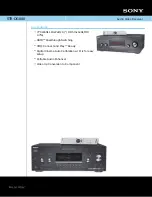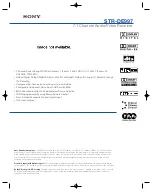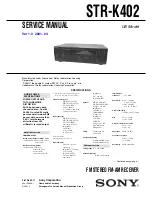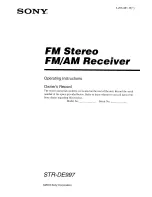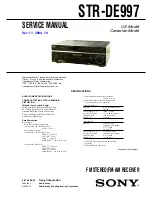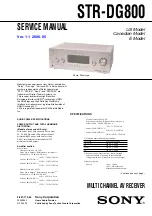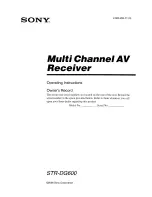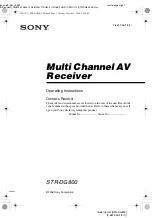
10
Troubleshooting
10.1
Overview of Potential Errors and Faults
WARNING
Risk of injury due to damage to the device
For reasons of safety, if a device shows visible signs of damage do not put it into opera‐
tion, or take it out of operation immediately.
Damage includes, for example:
•
Housing: Cracked or broken
•
Electrical connections: cracks or detachment from the housing
•
Device with fixed cable: Damage to the cable outlet or cable itself
Table 21: Errors and faults
Situation
Error/ fault
Mounting
■
Device poorly aligned to the objects with transponders (e.g.
faults due to metal surfaces located next to the device)
■
Damping materials between the device and transponders, e.g.
liquids
■
Trigger sensor for read cycle generation incorrectly positioned
(e.g. the internal reading interval of the device is started too
early or ended too late).
Electrical installation
■
Supply voltage too low or incorrect polarity
■
Data interfaces of the device wired incorrectly
■
Switching inputs or outputs wired incorrectly
Configuration
■
Functions not adapted to local conditions, e.g. parameters for
the data interface not set correctly
■
Device limits not observed, e.g. working range of the antenna
■
Settings for the filter or Tag Select not suitably selected
■
Trigger source for read-cycle not selected correctly
Operation
■
Ambient temperature too low or high
■
Read pulse control not suitably configured for the object(s) in
the working range.
■
Device faults (hardware/ software)
10.2
Detailed fault analysis
10.2.1
LEDs on the device
The status indicators of the device can alert you to possible errors or faults,
cal status indicators on the display panel", page 76
. Further information on this can be
found in the “System Information” section.
10.2.2
System information
The device reports any errors that occur in a number of ways. Fault output is staggered,
allowing for an increasingly detailed level of analysis:
•
Communication errors can occur when transmitting telegrams (e.g. commands) to
the data interface of the device. The device then returns a fault code on the same
data interface.
•
For faults that occur during reading, the device writes fault codes in the status log
(
10
TROUBLESHOOTING
82
O P E R A T I N G I N S T R U C T I O N S | RFU63x, RFU65x
8014335/ZTL9/2018-10-14 | SICK
Subject to change without notice


































